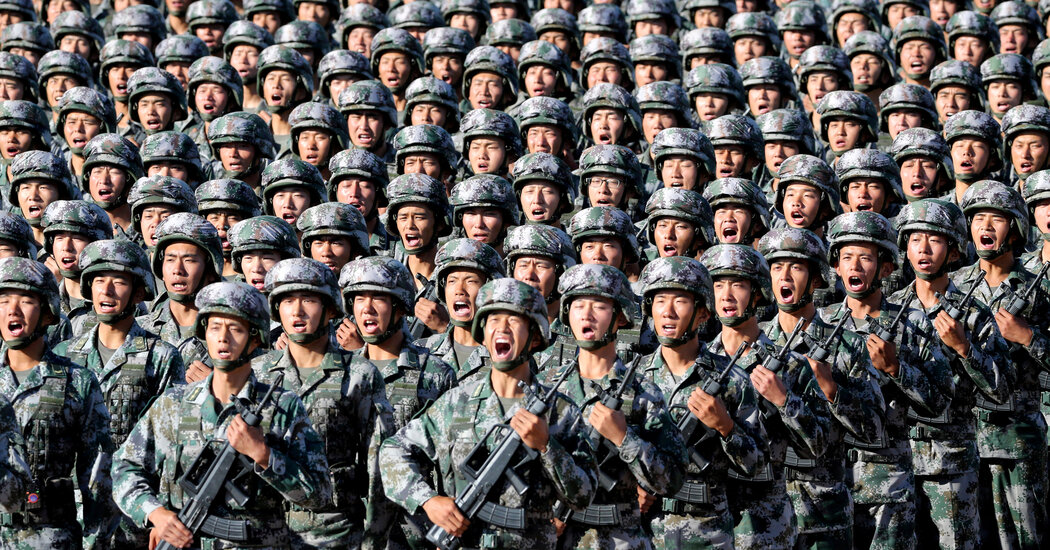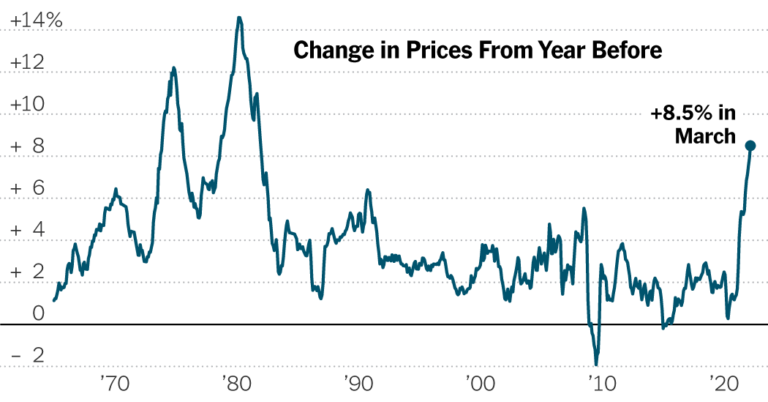Are China and the United States on a Collision Course to War?
The American diplomat George Kennan, one of the architects of that order, once wrote that a healthy American foreign policy should create “the impression of a country which knows what it wants.” Yet it is just as important to know what one’s adversaries want. American adventures in East Asia, particularly, are notable for their long history of governments talking past one another. Frances FitzGerald, in her classic Pulitzer-winning account of the Vietnam War, “Fire in the Lake,” describes how Americans failed utterly to comprehend even the “basic intellectual grammar” that lay beneath the cultures of the region they sought to shape. “There was no direct translation … in the simple equations of x is y and a means b,” she writes. Any attempt to find common ground “would have to recreate the whole world of the other, the whole intellectual landscape.” It is precisely this type of worthy and ambitious intellectual re-creation that Rudd undertakes in “The Avoidable War.”
The path that Rudd has followed in his career to get there is certainly unorthodox. After leaving office, at age 60 he enrolled at Oxford University to study for a doctorate focusing on understanding Xi’s worldview. (According to one report, the student committee at Jesus College passed a cheeky motion granting Rudd full access to the undergraduate pool tables.) Rudd, who has visited China more than 100 times and speaks fluent Mandarin, is one of the few foreign politicians who have had a chance to get to know Xi personally — first as a diplomat when Xi was a junior official in Xiamen, and later when Xi was vice president; on one occasion the two men spent hours conversing in Chinese before a winter fire in Canberra. Those talks, among other impressions gleaned from his travels, have left Rudd with a rare feel for China’s cultural flash points. “Our best chance of avoiding war,” Rudd writes, “is to better understand the other side’s strategic thinking and to conceptualize a world where both the U.S. and China are able to competitively coexist, even if in a state of continuing rivalry reinforced by mutual deterrence.”
That task feels particularly urgent in the shadow of Russia’s invasion of Ukraine. Already the post-World War II order that underpinned the American Century appears to be fraying, with 19th-century-style power politics supplanting it. Russia, moreover, is a relatively weak power, with an economy smaller than that of Italy. Should Moscow succeed, through its diplomacy or its progress on the battlefield, in persuading Beijing to join its efforts in reshaping that order, the global landscape could shift dramatically. Xi has worked harder than his predecessors to court Russian leaders, flattering Putin by implying that the two countries are peers and bolstering joint military exercises. He has referred to the Russian president as his “best friend”; he calls Putin on his birthday.
Until now, however, Xi has remained satisfied to let Putin play the spoiler while China patiently bides its time. The Chinese president, Rudd observes, “recognizes great value in Moscow being prepared to act far more adventurously than China itself” — not only in Ukraine but in Syria as well. Quietly, however, China has been working to reorganize the strategic chessboard. It invested, for example, more than $90 billion between 2012 and 2017 into building ports and coast guard hubs along a maritime route through the Arctic known as the Northeast Passage that would cut the voyage from Asia to Europe by more than two weeks and nearly 5,000 miles. The route would also allow Chinese forces to avoid bottlenecks like the Strait of Malacca, which are vulnerable to American naval forces.
Check out our Latest News and Follow us at Facebook
Original Source







